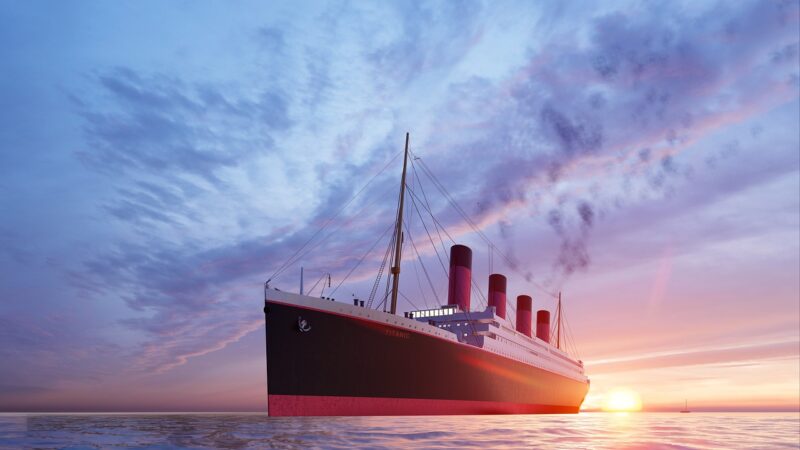
The sinking of the RMS Titanic on April 15, 1912, is one of the most tragic maritime disasters in history. Despite the extensive coverage and countless documentaries, films, and books about this tragic event, there are numerous facts that remain largely obscure or overlooked by the general public. In this article, we will explore five little-known facts about the Titanic’s sinking that may surprise you.
1. A Lookout Had No Binoculars
The lack of binoculars in the Titanic’s crow’s nest was a crucial factor contributing to the ship’s collision with an iceberg. On that fateful night, the lookout Frederick Fleet and his partner could not see the iceberg early enough because they were not provided with the necessary binoculars that might have helped them spot the iceberg sooner. The binoculars had been locked away in a cabinet, and when the crew realized they needed them, they couldn’t find the key. This oversight would later prove disastrous.
If the lookouts had been equipped with binoculars, they might have spotted the iceberg from a greater distance, allowing the ship to change course more effectively and avoid the tragedy altogether.
2. The Titanic was not the only ship in distress
On the night of the sinking, there were several vessels nearby, all of which were capable of assisting the Titanic. The SS Californian was just around 19 miles away from the Titanic when it struck the iceberg. However, due to a miscommunication, the Californian’s radio operator had already turned in for the night, ignoring distress signals from the sinking ship. Moreover, the Californian had noticed the Titanic’s distress flares but failed to respond effectively due to confusion and a breakdown in communication between the ships.
In hindsight, if the nearby ships had been more responsive, the death toll might have been significantly reduced, and more lives could have been saved.
3. The Ship’s Safety Features Were Not Fully Tested
The Titanic was touted as a marvel of modern engineering and safety, equipped with 16 watertight compartments. However, there was a critical flaw. During the ship’s sea trials before its maiden voyage, not all safety features were thoroughly tested. The ship was considered unsinkable, but the compartment doors above waterline (which were used to seal off flooded compartments) did not close effectively under certain conditions, allowing water to pour into adjacent compartments after the first one was flooded.
This significant design flaw meant that the Titanic was not as unsinkable as the builders had claimed, leading to a catastrophic outcome.
4. Panic on the Titanic and a Lack of Lifeboats
Although the Titanic had lifeboats on board, it did not carry enough to accommodate all passengers and crew. The ship was designed to carry only 20 lifeboats, enough for approximately 1,178 people, but there were over 2,200 people onboard. In the chaos that followed the collision, many lifeboats were launched less than half-filled, as passengers hesitated to leave the safety of the ship. Some men were even refused access to the lifeboats as families were prioritized. This mismanagement led to unnecessary loss of life, underscoring the importance of having an adequate number of lifeboats and proper evacuation protocols.
5. The Titanic’s Wreckage was an Environmental Discovery
Not only does the wreckage of the Titanic tell the story of a maritime disaster, but it also serves as a unique ecosystem. The sinking of the Titanic, deep in the North Atlantic, has created a habitat for various marine species. Over the years, studies have shown that the wreck site has developed a unique biosphere where microorganisms, fungi, and other marine life thrive, living off the ship’s organic materials and metals. The discovery of this environment emphasizes the shipwreck as a natural phenomenon and offers insights into how human-made structures can affect marine ecosystems.
Conclusion
The sinking of the Titanic is filled with tragic lessons that transcend time. With each detail uncovered, we gain a deeper understanding of not only the disaster itself but also the importance of vigilance, preparation, and communication in ensuring safety at sea. While the Titanic has been memorialized in history, the little-known facts about its sinking continue to serve as poignant reminders of human error and resilience in the face of tragedy. Embrace the memory of the Titanic by understanding these lesser-known aspects of its story – they are as critical as the more prominent narratives often recounted.
In honoring the victims and learning from the past, we can ensure that similar tragedies do not occur in the future.








